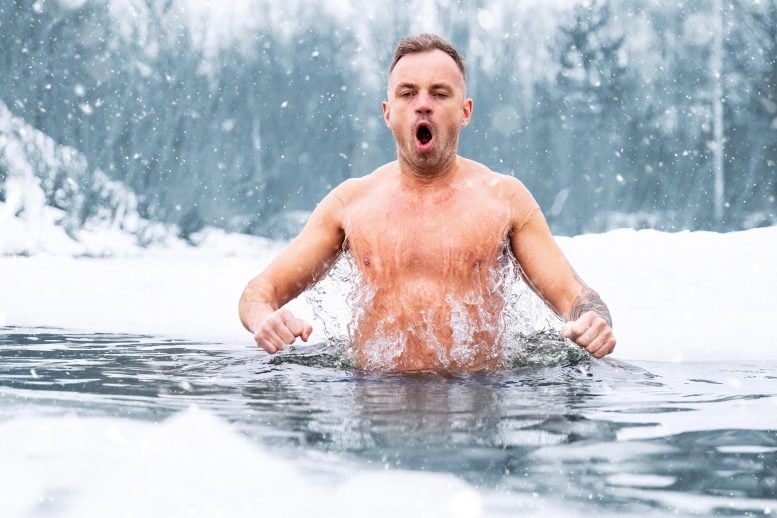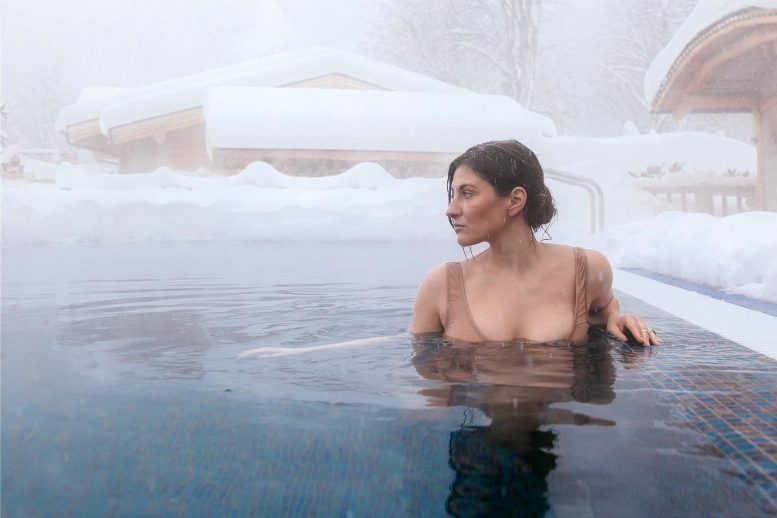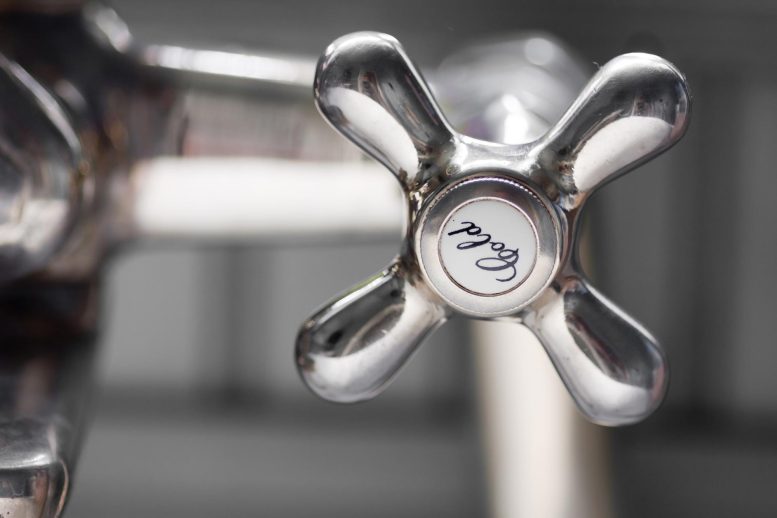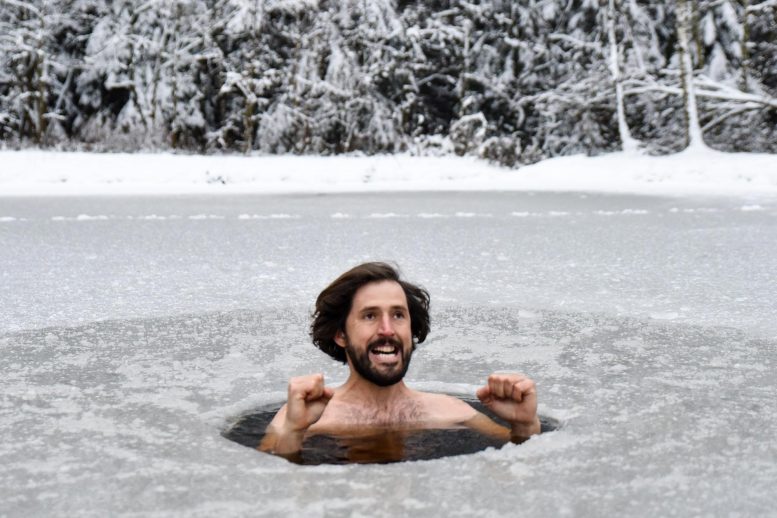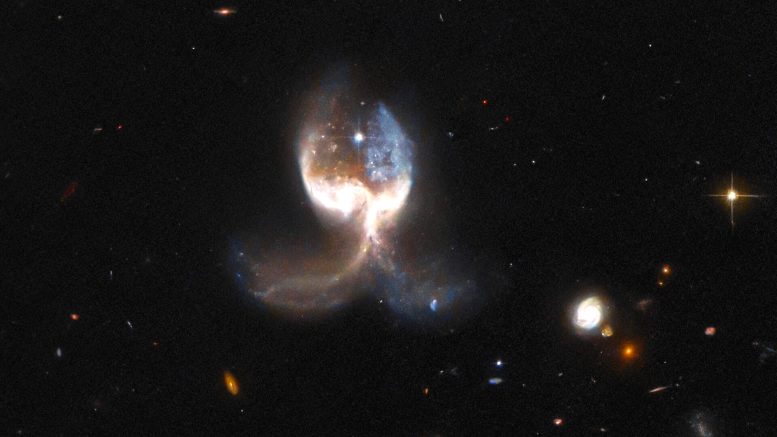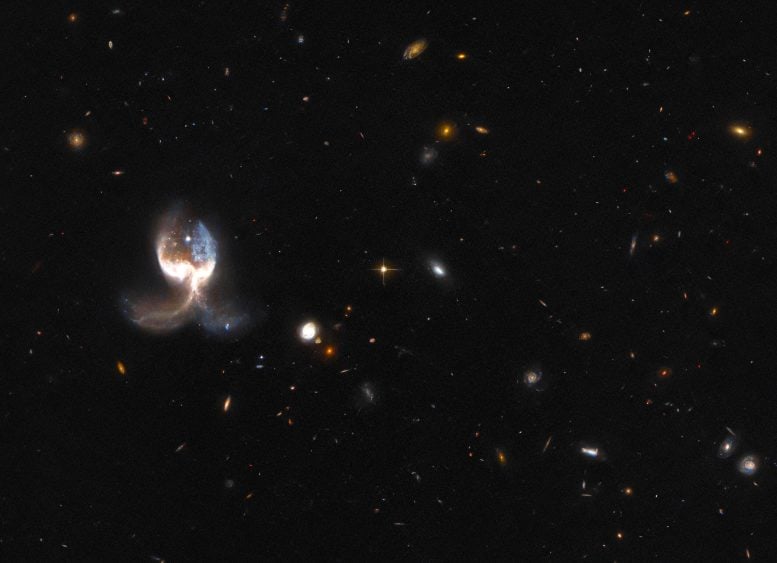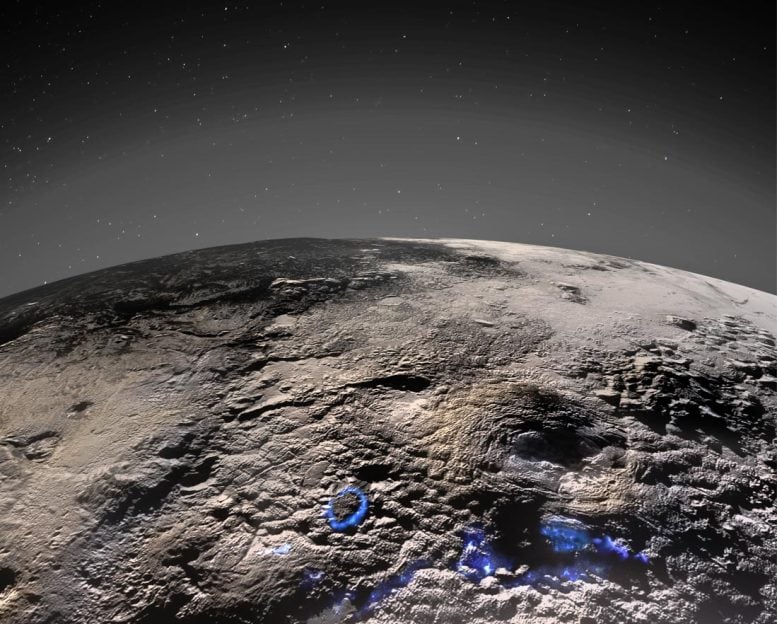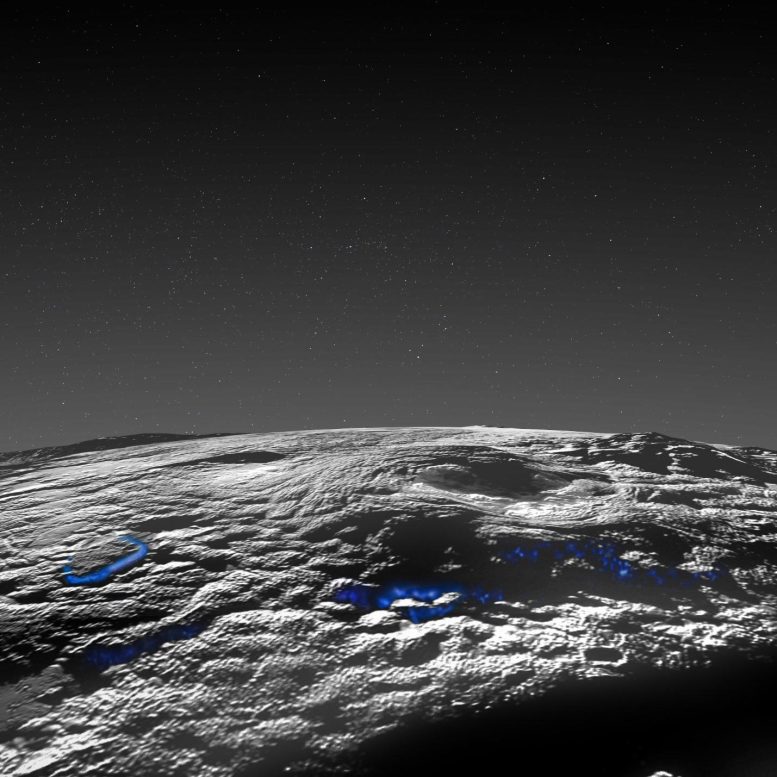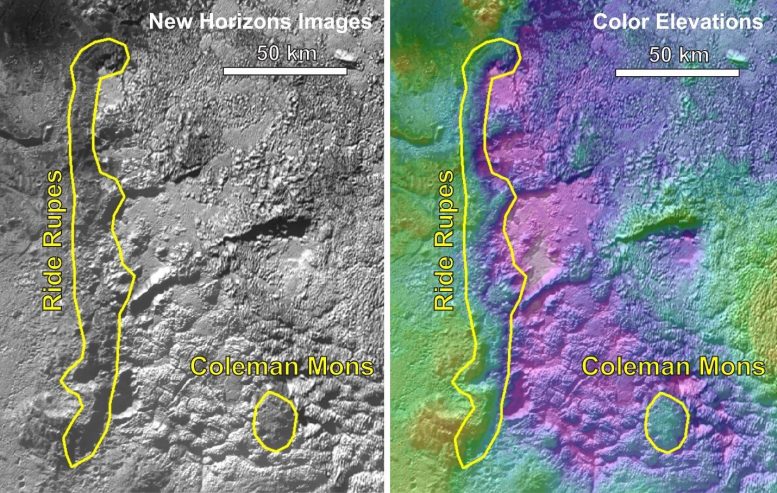16/8 Intermittent Fasting: A Beginner’s Guide

Although it isn’t a silver bullet, research has shown health benefits from intermittent fasting, including weight loss, reduced inflammation, and improved immune system.
Are you looking to start 16/8 intermittent fasting? This beginner’s guide will give you all the information you need to get started. This post will discuss what a 16/8 intermittent fast is, the benefits of fasting, and how to make it work for you. It also will provide some tips on how to ease into fasting and make it a successful habit for your health.
What is a 16/8 intermittent fast?
A 16/8 fast is an intermittent fasting protocol where you restrict your eating to an eight-hour window each day. This leaves a 16-hour fasting period in which your body can burn stored energy, repair cells, and promote autophagy. Autophagy is the process by which your body breaks down and recycles old or damaged cells.
There are many benefits to intermittent fasting, including weight loss, increased energy levels, and improved brain function. Fasting can also help to increase your lifespan and protect against chronic diseases such as heart disease, cancer, and Alzheimer’s disease.

Some research indicates that intermittent fasting could extend your healthy lifespan.
How can I make a 16/8 fast work for me?
If you’re new to fasting, it’s important to ease into it. Start by fasting for 12 hours per day and gradually increase your fasting period until you reach the 16-hour mark. It’s also important to plan your meals in advance and make sure you’re eating nutrient-rich foods that will keep you satisfied throughout the day.
To make your fast easier, try to schedule it around your daily routine. If you know you won’t be able to eat until noon, for example, make breakfast your last meal of the day and skip dinner. You can also drink plenty of water and herbal tea during your fasting period to keep your energy levels up.
Intermittent Fasting Research
Here are some of the latest research studies on intermittent fasting (not necessarily the 16/8 fast specifically) and time-restricting eating that have been featured on SciTechDaily.com:
- Research Shows Intermittent Fasting Works for Weight Loss
- Low-Frequency Intermittent Fasting Helps Fight Inflammation
- Fasting Acts As Diet Catalyst – Intensifies Effects of Switching to a Healthy Diet
- Time-Restricted Eating Has Important Health Benefits – Even With Infectious Diseases Such As COVID-19
- Intermittent Fasting Can Help Prevent and Manage Chronic Diseases Such As Diabetes and Heart Disease
- Johns Hopkins Study Suggests Intermittent Fasting for a Longer, Healthier Life
- New Research: Intermittent Fasting “No Magic Bullet for Weight Loss”
- Intermittent Fasting Improves Health Without Altering the Body’s Core Clock
- Surprising Impact on Fat Metabolism: How Intermittent Fasting Changes Liver Enzymes and Helps Prevent Disease
- Intermittent Fasting and Manipulating Mitochondrial Networks May Increase Lifespan
Conclusion
In review, a 16/8 intermittent fast can be a great way to improve your health and well-being. There are many benefits to intermittent fasting, including weight loss, increased energy levels, and improved brain function. If you’re new to fasting, it’s important to ease into it, drink plenty of water, and eat nutrient-dense foods during your eating window.
